Products
-

Heparin sodium CAS 9041-08-1
Chemical name: Heparin lithium
Other name: Heparin sodium salt
CAS No.: 9041-08-1
Grade: Injectable/Topical /Crude
Specification: EP/USP/BP/CP/IP
Chemical Properties: Heparin sodium is white or off-white powder, odorless, hygroscopic, soluble in water, insoluble in organic solvents such as ethanol and acetone. It has a strong negative charge in aqueous solution and can combine with some cations to form molecular complexes. Aqueous solutions are more stable at pH 7. It has a wide range of uses in medicine. It is used to treat acute myocardial infarction and pathogenic hepatitis. It can be used in combination with ribonucleic acid to increase the efficacy of hepatitis B. When combined with chemotherapy, it is beneficial to prevent thrombosis. It can reduce blood lipids and improve human immune function. also has a role.
-
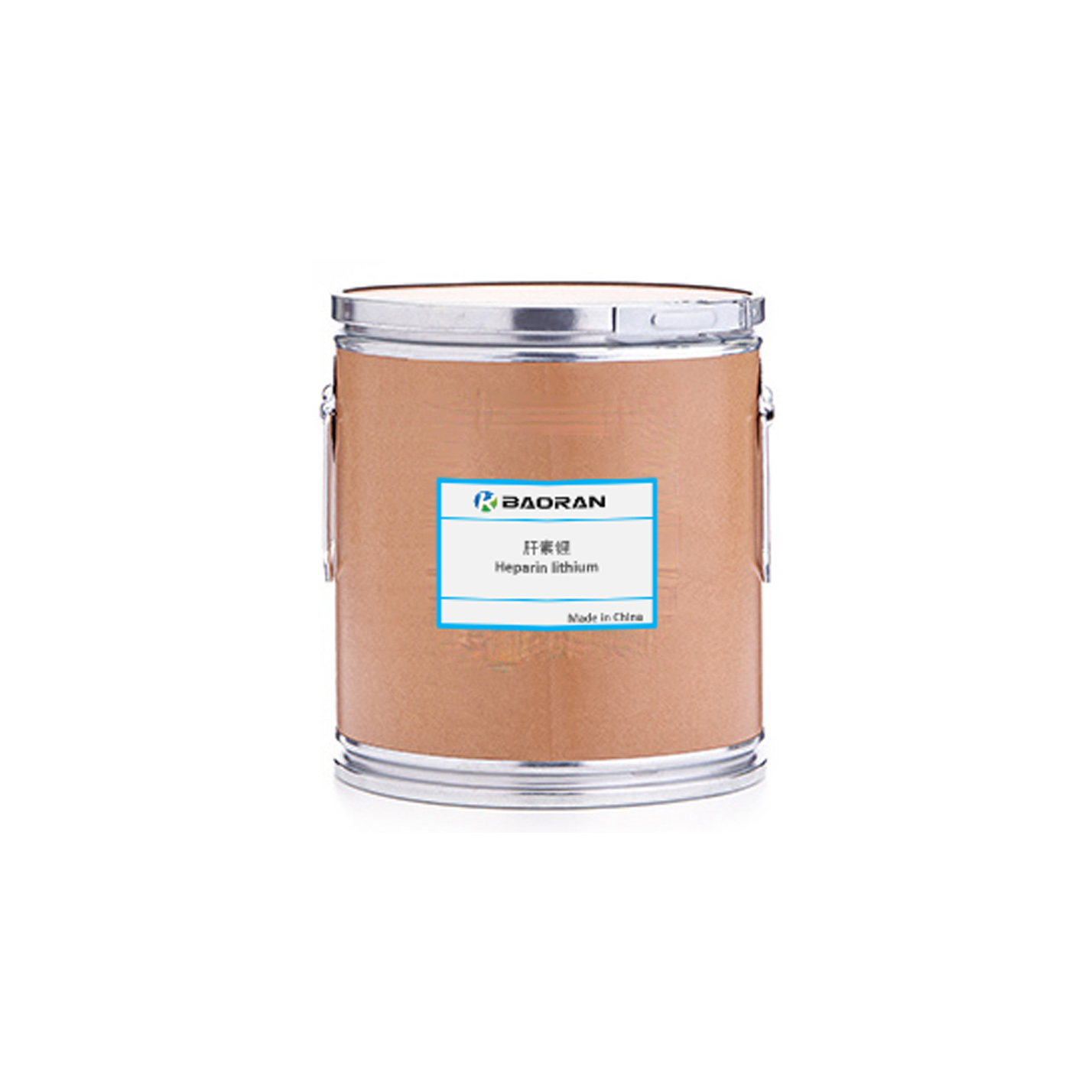
Heparin lithium CAS 9045-22-1
Chemical name: Heparin lithium
Other name: Heparin lithium salt
CAS No.: 9045-22-1
Purity: ≥150IU
Chemical Properties: Lithium heparin is a white to off-white powder that is commonly used in heparin anticoagulants.
-

Trimethylolpropane trioleate (TMPTO)
Polyol ester — Trimethylolpropane trioleate, TMPTO
CAS No.: 57675-44-2
Type: RJ-1453 (46#), RJ-1435 (68#)
Molecular Formula: CH3CH2C(CH2OOCC17H33)3
Appearance: Colorless or light yellow transparent liquid
Chemical Properties: Trimethylolpropane trioleate (TMPTO) is a colorless or yellow transparent liquid. TMPTO not only has good lubricating properties, but also has good biodegradability and no pollution to the environment. It is the earliest lubricant used. It has a wide range of liquids, excellent lubricating properties, high viscosity index and excellent thermal stability, low volatility, low temperature properties, etc. Green lubricant TMPTO has great market potential. -

Pentaerythritol tetraoleate (PETO)
Polyol ester — Pentaerythritol tetraoleate, PETO
CAS No.: 19321-40-5
Type: RJ-1454
Molecular Formula: C(CH2OOCC17H33)4
Appearance: Light yellow transparent liquid
Chemical Properties: Pentaerythritol oleate is a light yellow transparent liquid, and it is made by the reaction of pentaerythritol and oleic acid through a special post-treatment process. It has excellent lubricating properties, high viscosity index, good flame resistance, and the biodegradation rate is over 90%. It is an ideal base oil for 68 # synthetic ester type flame-resistant hydraulic oil. -
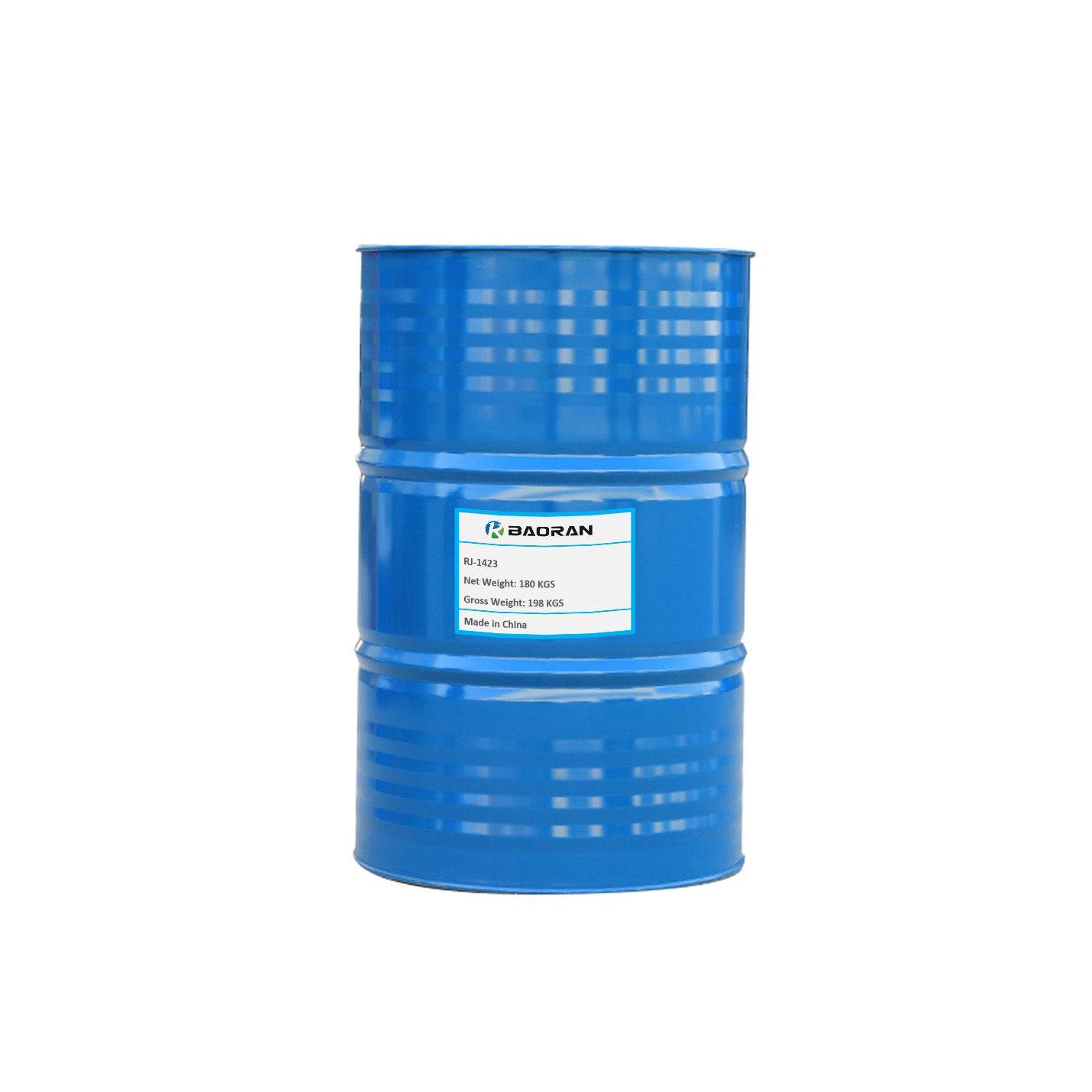
Neopentylglycol Dioleate
Polyol ester — Neopentylglycol Dioleate
Type: RJ-1423
Appearance: Light yellow transparent liquid
Chemical Properties: RJ-1423 is a kind of ester compound with excellent performance. It has excellent viscosity-temperature characteristics, good low temperature characteristics, high temperature stability and low volatility, so it can meet higher lubrication requirements and is widely used in metal Base oil for machining such as cutting and wire drawing. -
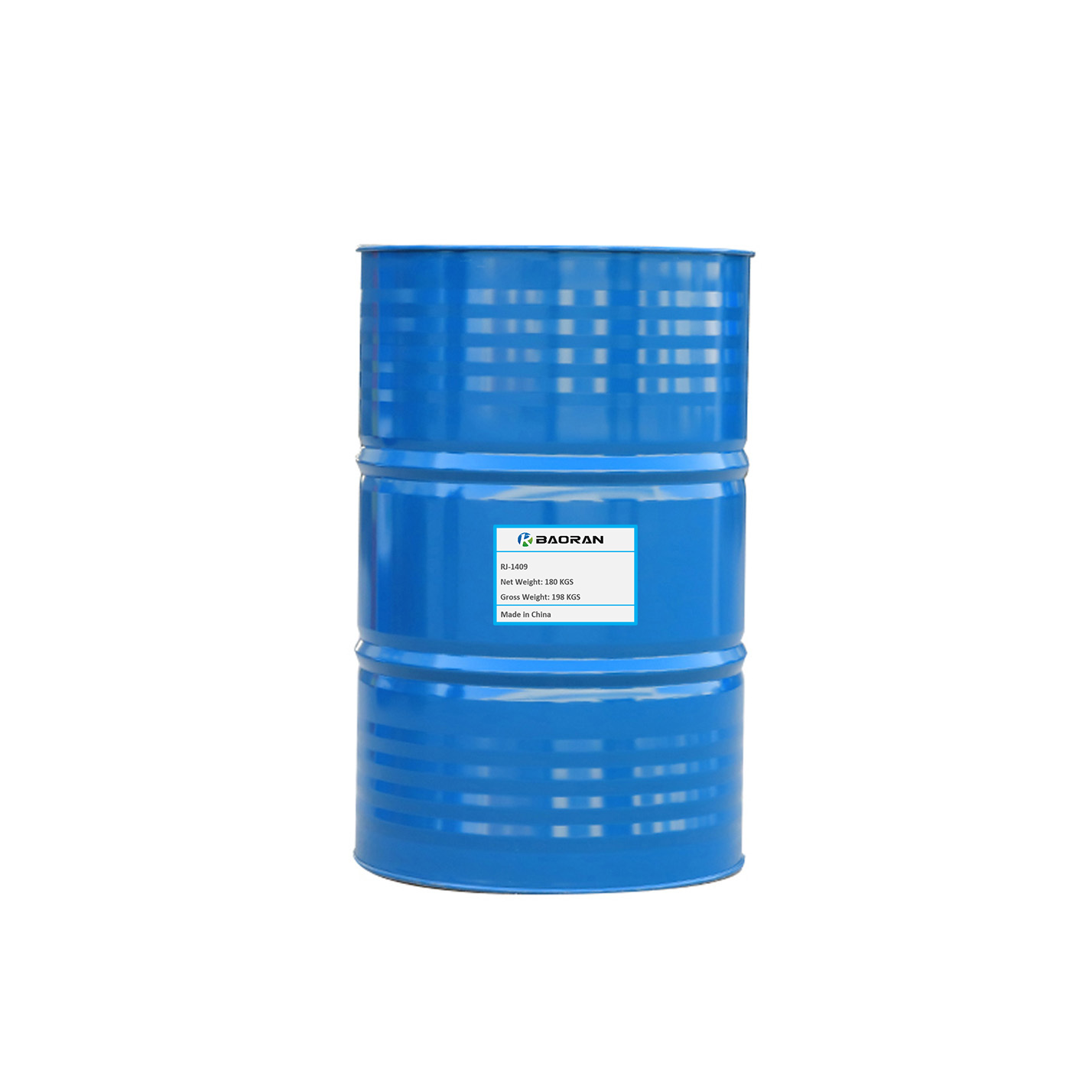
Neopentyl Polyol Ester
Saturated Polyol ester — Neopentyl Polyol Ester, NPE
Type: RJ-1408, RJ-1409
Appearance: Colorless or yellowish transparent oily liquid
Chemical Properties: Neopentyl polyol esters have excellent high and low temperature properties, high flash point and low pour point. It can be used as type II aircraft engine oil, high temperature chain oil, synthetic air compressor oil and refrigerating machine oil base oil compatible with environmentally friendly refrigerants; it can also be formulated with polyα-olefin oil to improve the rubber It has the defects of shrinkage and poor compatibility with additives. It is used as a base oil for internal combustion engine oil, gear oil and other oils. -
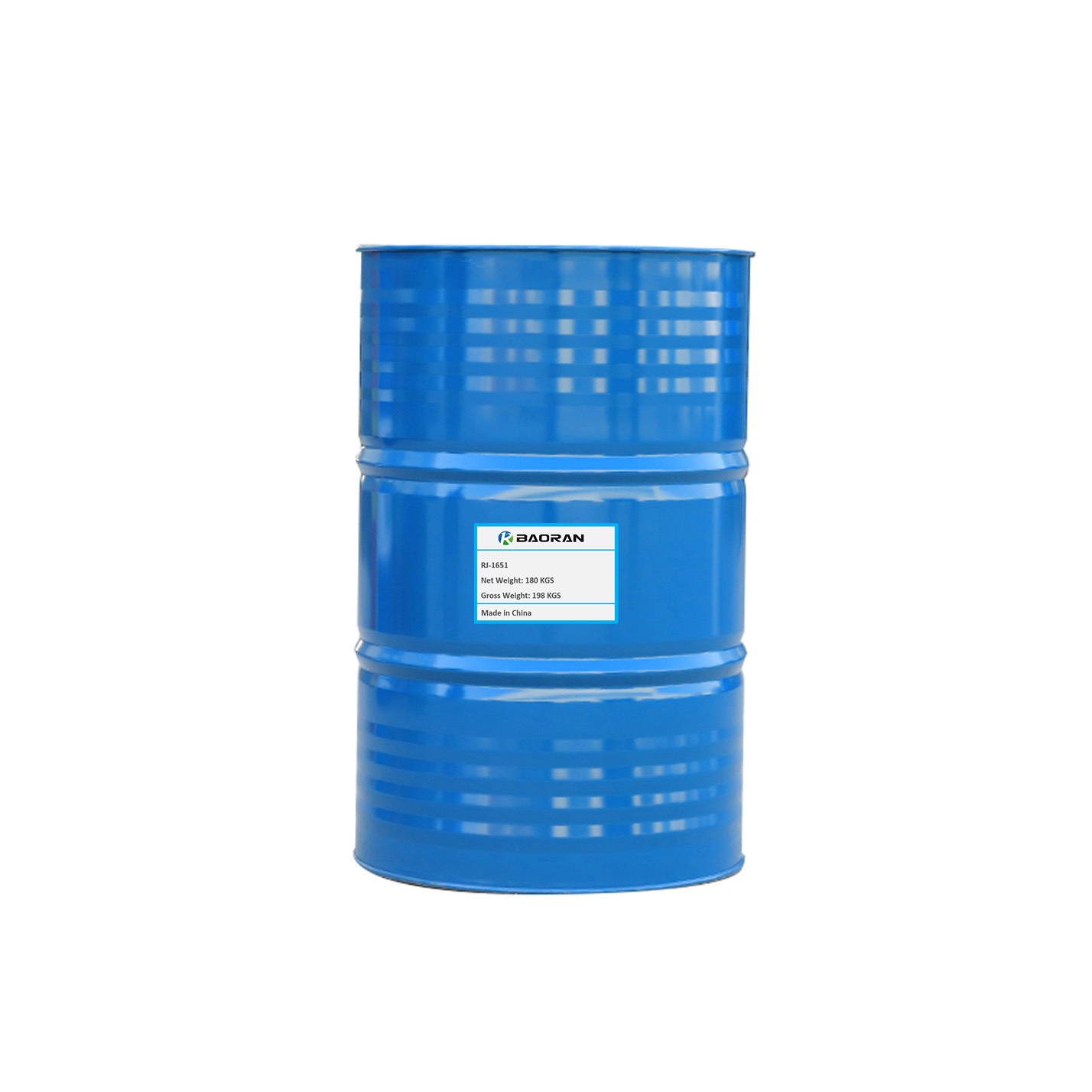
Isooctyl stearate
Monoester — Isooctyl stearate
Type: RJ-1651
Appearance: Colorless to light yellow transparent oily liquid
Chemical Properties: RJ-1651 has the characteristics of good wettability of isooctyl ester, which can provide very good lubricity in pure oil processing, and also provide permeability of processing fluid, such as high-speed cutting, drilling, punching, etc. In addition, it is a clean-burning, biodegradable synthetic ester, widely used as base oil and additive in pure oil, especially suitable for metal cutting fluids, and has good annealing cleanliness in rolling fluids. What is different from isooctyl oleate is that this material itself has no iodine value. It has very strong anti-oxidation ability in high temperature and harsh processing. In addition, the viscosity is close to No. 10 white mineral oil, so the base oil for semi-synthetic processing fluid is very emulsified. It also provides good lubricity and does not generate coke-like substances. -

Isooctyl oleate
Monoester — Isooctyl oleate
Type: RJ-1420, RJ-1419
Appearance: Light yellow transparent oily liquid
Chemical Properties: Isooctyl oleate is a class of ester compounds with excellent properties. It has excellent viscosity-temperature properties, good low temperature properties, high temperature stability and low volatility. Suitable as base oil for metal rolling lubricating oil and high-performance cutting oil; oily agent for water-based metalworking fluid and textile auxiliaries to increase oil film strength, improve lubrication, reduce wear and prevent sintering. Isooctyl oleate is widely used in rubber as a plasticizer, and is also an important organic chemical raw material, and is the main intermediate for the synthesis of epoxidized isooctyl oleate. -
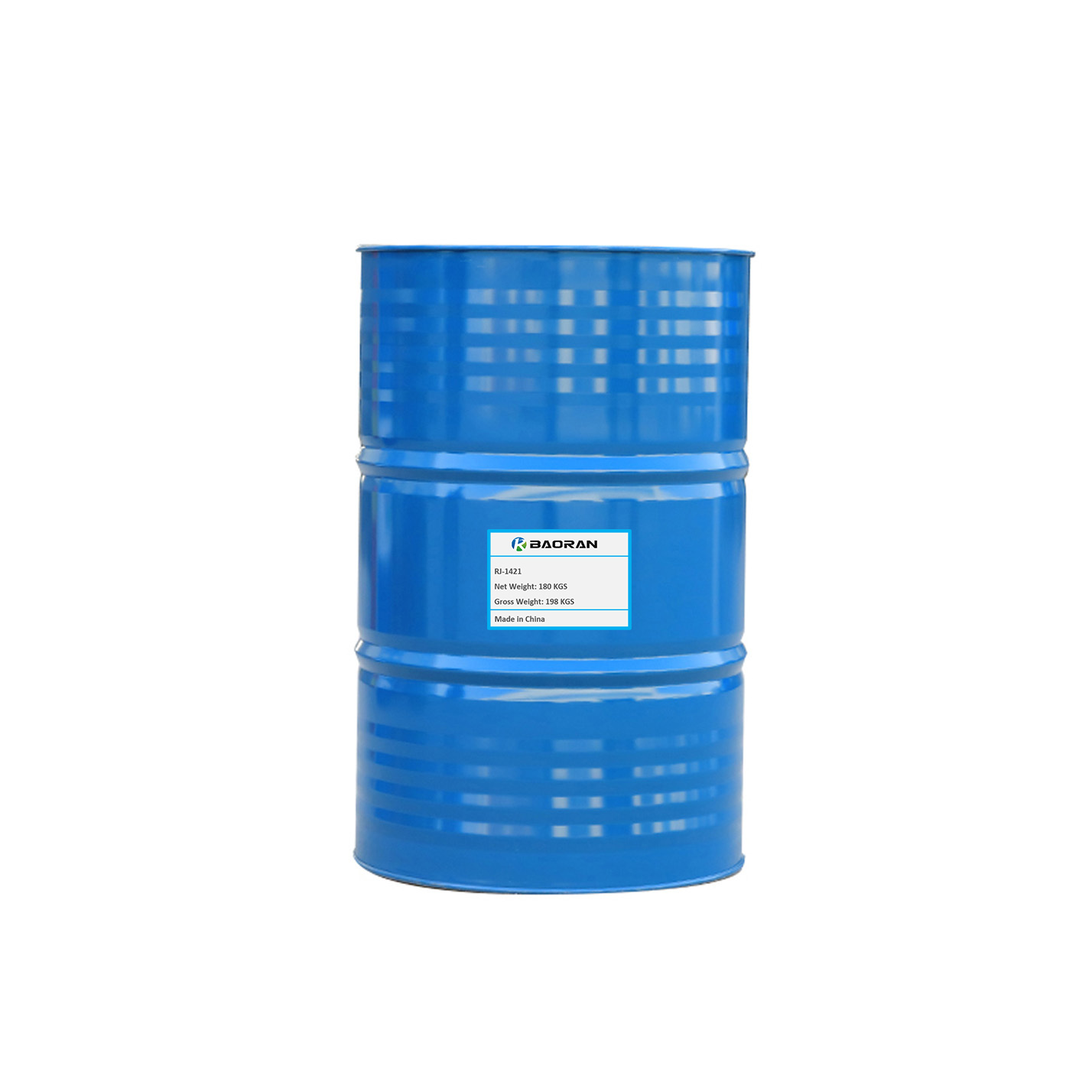
Dioctyl sebacate
Diester — Dioctyl sebacate
Type: RJ-1421
CAS No.: 122-62-3
Appearance: Colorless transparent oily liquid
Chemical Properties: Diester is a colorless or light yellow transparent oily liquid with a special odor. Soluble in hydrocarbons, alcohols, esters, chlorinated hydrocarbons, ether, benzene and other organic solvents. High plasticizing efficiency, low volatility, excellent cold resistance, good heat resistance, light resistance and electrical insulation. -

Diisooctyl adipate
Diester — Diisooctyl adipate
Type: RJ-1422
CAS No.: 1330-86-5
Appearance: Colorless transparent oily liquid
Chemical Properties: Diester is a colorless or light yellow transparent oily liquid with a special odor. Soluble in hydrocarbons, alcohols, esters, chlorinated hydrocarbons, ether, benzene and other organic solvents. High plasticizing efficiency, low volatility, excellent cold resistance, good heat resistance, light resistance and electrical insulation. -
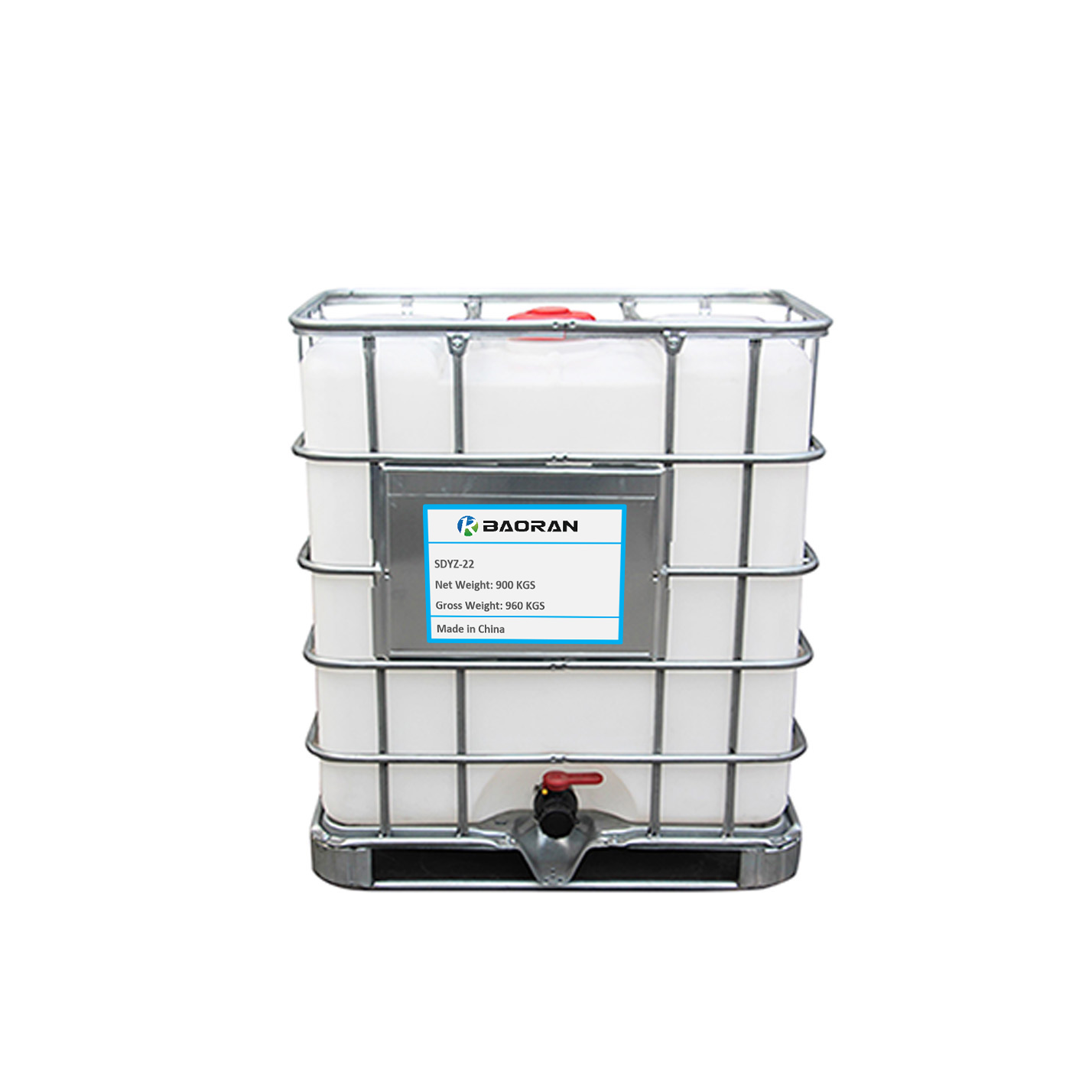
Complex Ester SDYZ-22
Complex Ester — Trimethylolpropane complex ester, a mixture with multiple functional groups exhibiting a high affinity to metal surface.
Type: SDYZ-22
Appearance: Yellow oily liquid
Chemical Properties: Good lubrication oil film strength provide excellent shear resistance with long life. Used in base olis for rolling and also can be used in oil for industrial purpose, metal working, quenching fluid. It also can be used as lubricity
improvers. -

Coconut oil fatty acid esters with trimethylolpropane
Polyol ester — Coconut oil fatty acid esters with trimethylolpropane, TMPC, Trimethylol propane coconut oleate
Type: RJ-1424
Appearance: Light yellow transparent liquid
Chemical Properties: RJ-1424 belongs to polyol esters, which has good oxidation resistance, good heat resistance, good viscosity-temperature, outstanding lubricating performance, and is not easy to volatilize. Usually used in metalworking oils and chemical fiber oils to improve the lubricating properties of metalworking fluids, focusing on high temperature performance -

99% β-Nicotinamide mononucleotide (NMN) CAS 1094-61-7
Chemical name: β-Nicotinamide mononucleotide
Other name: β-NMN, Nicotinamide ribotide, Nicotinamide-1-ium-1-β-D-ribofuranoside 5′-phosphate, β-Nicotinamide ribose monophosphate, NMN
CAS No.: 1094-61-7
Purity: 99% min
Formula: C11H15N2O8P
Molecular Weight: 334.22
Chemical Properties: β-Nicotinamide mononucleotide (NMN) is a white powder. NMN is a nucleotide derived from ribose and nicotinamide. Like NR, NMN is a derivative of niacin, and humans have enzymes that can use NMN to increase NAD levels. NMN is a natural molecule that occurs in all life forms. It is already present in your body and permanently used and consumed by all your cells. This super nutrient has been found to be essential to your cells’ health, from metabolism to repair, radically changing our approach to energy and longevity. -

Pentaerythritol tetraoleate / Pentaerythritol Oleate / PETO
Chemical name: Pentaerythritol tetraoleate / Pentaerythritol Oleate / PETO
CAS #: 19321-40-5
Molecular formula: C(CH2OOCC17H33)4
It is a colorless or light yellow transparent liquid, and it is made by the reaction of pentaerythritol and oleic acid through a special post-treatment process. -
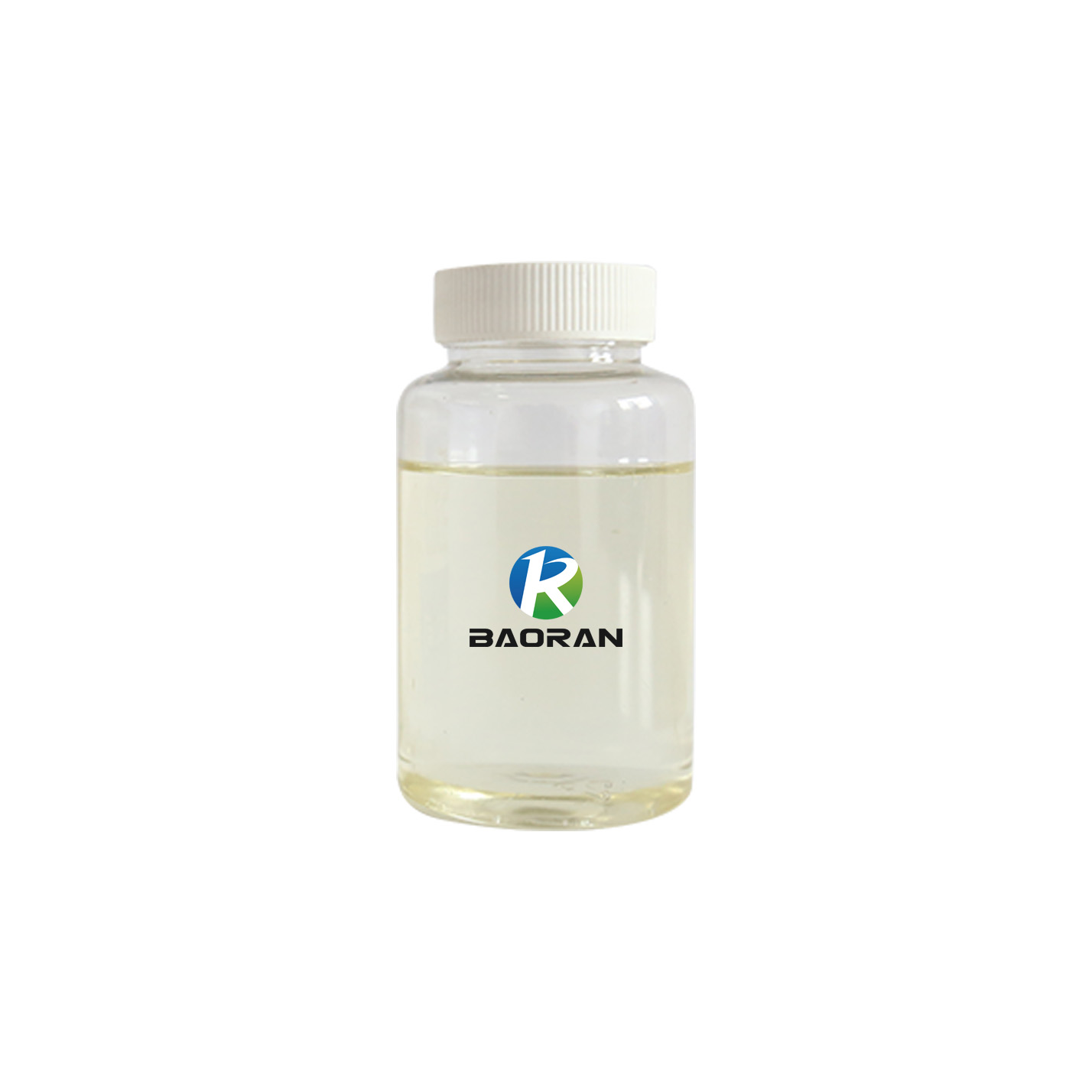
Pentaerythritol tetraoleate / Pentaerythritol Oleate / PETO CAS 19321-40-5
Chemical name: Pentaerythritol tetraoleate
Other name: Pentaerythritol Oleate, PETO
CAS No.: 19321-40-5
Molecular formula: C(CH2OOCC17H33)4
Chemical Properties: PETO is a colorless or light yellow transparent liquid, and it is made by the reaction of pentaerythritol and oleic acid through a special post-treatment process. It has excellent lubricating properties, high viscosity index, good flame resistance, and the biodegradation rate is over 90%. It is an ideal base oil for No. 68 synthetic ester type flame-resistant hydraulic oil.